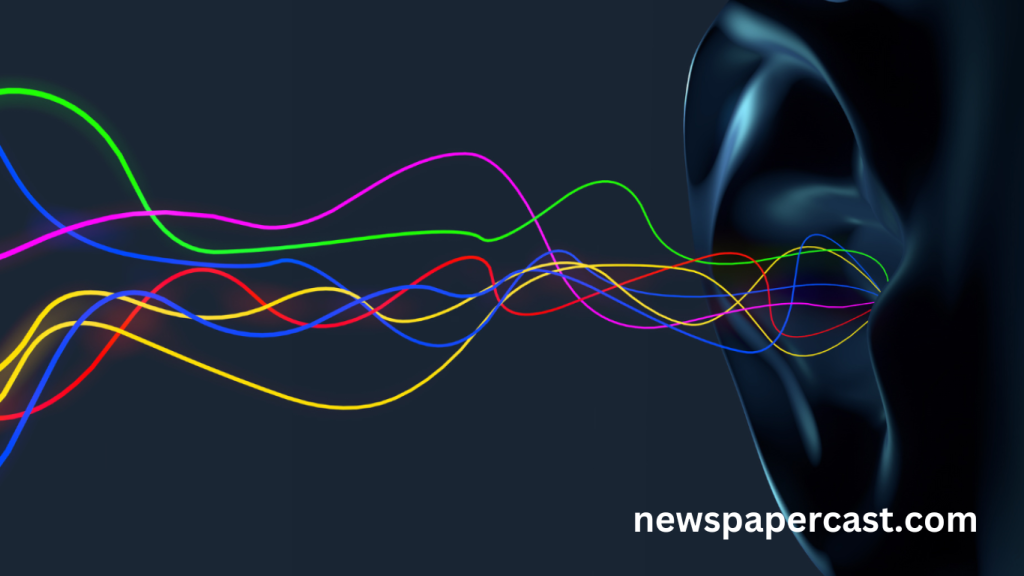When people hear the term “noise color,” they often think of static or background sound, but there’s more science behind it. Noise colors refer to specific types of sound frequencies, each with distinct effects on the brain. These variations are named by color to represent how the energy is distributed across the spectrum of frequencies.
White Noise: The Classic Choice
White noise includes every frequency the human ear can hear, all at equal intensity. It resembles the sound of a fan, radio static, or an air conditioner. By masking environmental noises, white noise helps prevent sudden disruptions during sleep, making it a popular option for light sleepers or those living in noisy areas.
Pink Noise: The Balanced Blend
Pink noise contains all frequencies as well, but the higher ones are reduced in volume. This creates a more soothing, natural sound—similar to rain, wind, or rustling leaves. Pink noise is often favored for promoting deeper sleep cycles and improving memory consolidation according to sleep studies.
Brown Noise: The Deep Companion
Also known as Brownian or red noise, brown noise emphasizes lower frequencies even more than pink noise. The result is a deep, rumbling tone similar to thunder or a distant waterfall. Many find brown noise comforting, especially those who enjoy bass-heavy sounds for relaxation or meditation.
Blue and Violet Noise: The High-End Frequencies
On the opposite end of the spectrum, blue and violet noise amplify higher frequencies. These are not typically used for sleep, as they can be perceived as harsh or sharp. However, they might be useful in specific therapeutic settings, especially for masking high-pitched tinnitus.
Gray Noise: Even Perception Across All Frequencies
Gray noise is engineered to sound equally loud at all frequencies to the human ear, adjusting for our perception. While less common, some users find gray noise ideal for focusing or calming a restless mind before bed.
Read More : Where Does Palo Santo Come From and What Is it Used For?
Which Noise Color Is Right for You?
There’s no universal answer—each person responds differently to different frequencies. Preferences may depend on environment, personal sensitivity, or sleep challenges. Trying out different noise colors through apps or sound machines can help identify what works best individually.
Frequently Asked Questions
What is the most popular noise color for sleep?
White noise is the most widely used due to its consistent frequency and ability to mask external sounds.
Is pink noise better than white noise for deep sleep?
Yes, pink noise is often preferred for deep sleep as it mimics natural environments and promotes longer sleep cycles.
Can brown noise help with anxiety and relaxation?
Brown noise’s deep, low-frequency tones can be calming and are often used to reduce anxiety and stress.
Is it safe to use noise machines all night?
Yes, using noise machines overnight is generally safe, but keeping volume at moderate levels is important for ear health.
Do different noise colors help with tinnitus?
Yes, noise colors like white, pink, or even violet noise may help mask tinnitus and provide relief.
Can children or babies benefit from noise colors?
Many parents use white or pink noise to soothe babies, but volume and exposure time should be carefully monitored.
Are noise colors effective for people with ADHD or insomnia?
Yes, certain noise colors can improve focus and relaxation, benefiting those with ADHD or difficulty falling asleep.
How can I try different noise colors easily?
Apps, YouTube, and sound machines offer free or low-cost ways to explore and compare various noise colors.
Conclusion
Noise colors offer a wide range of audio frequencies that can positively influence sleep quality, relaxation, and focus. Whether it’s white, pink, or brown noise, each has unique benefits tailored to individual preferences. Exploring different types can be the key to better rest and improved mental well-being. Personal experimentation is essential to find what works best for you and your environment.

